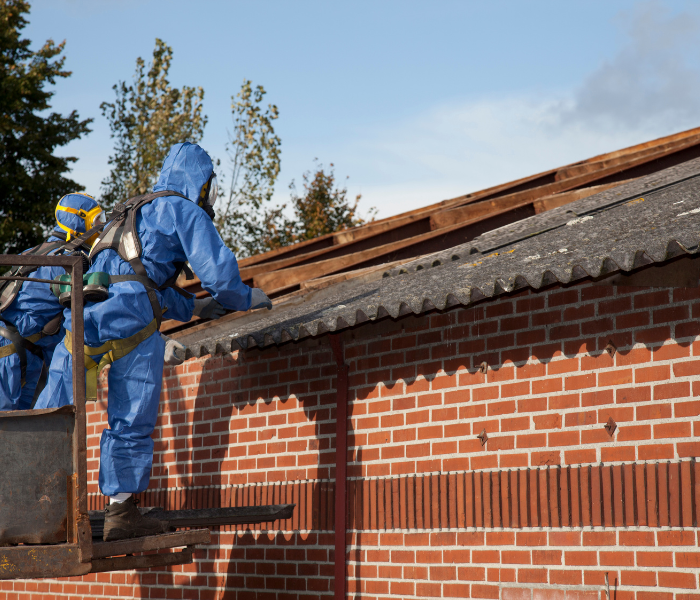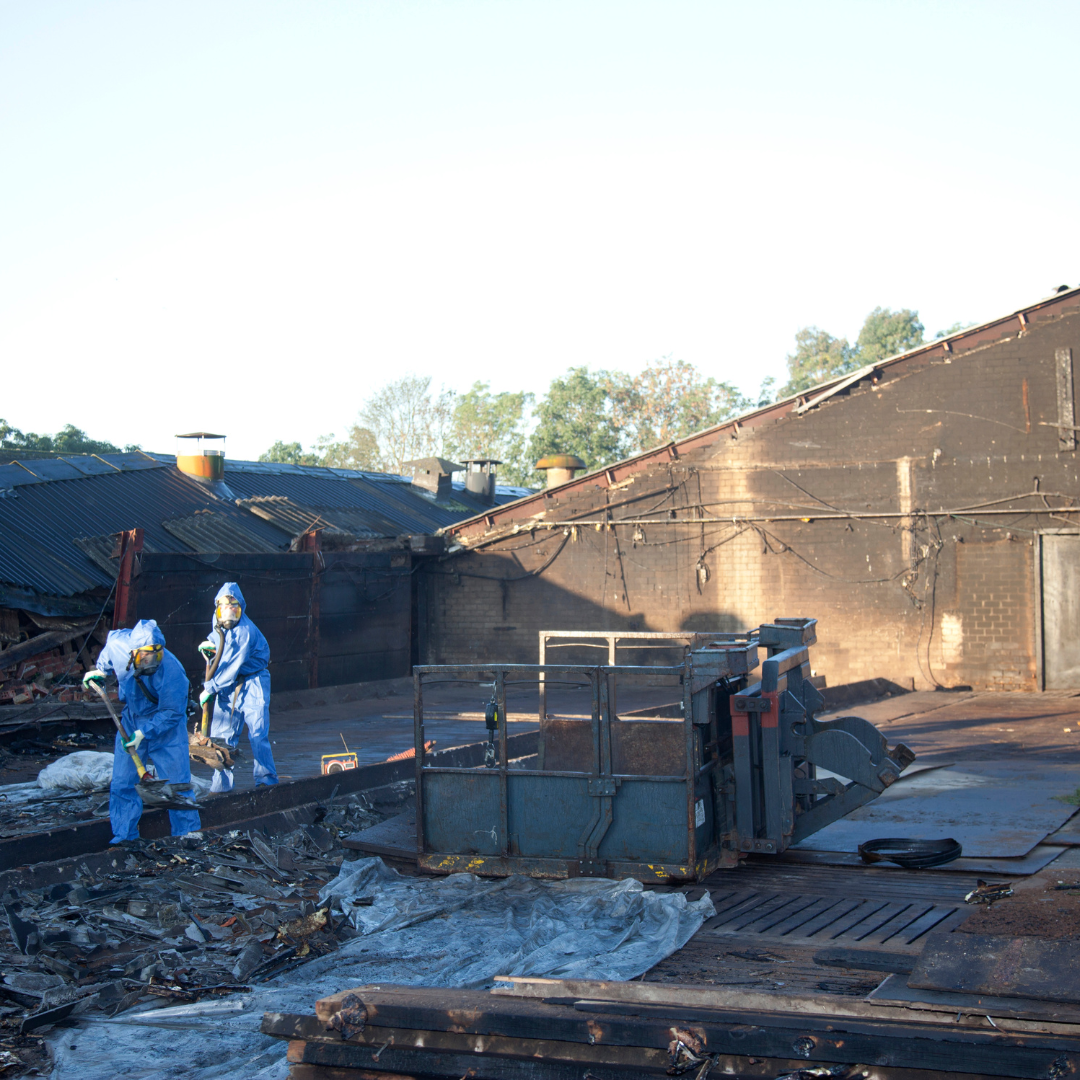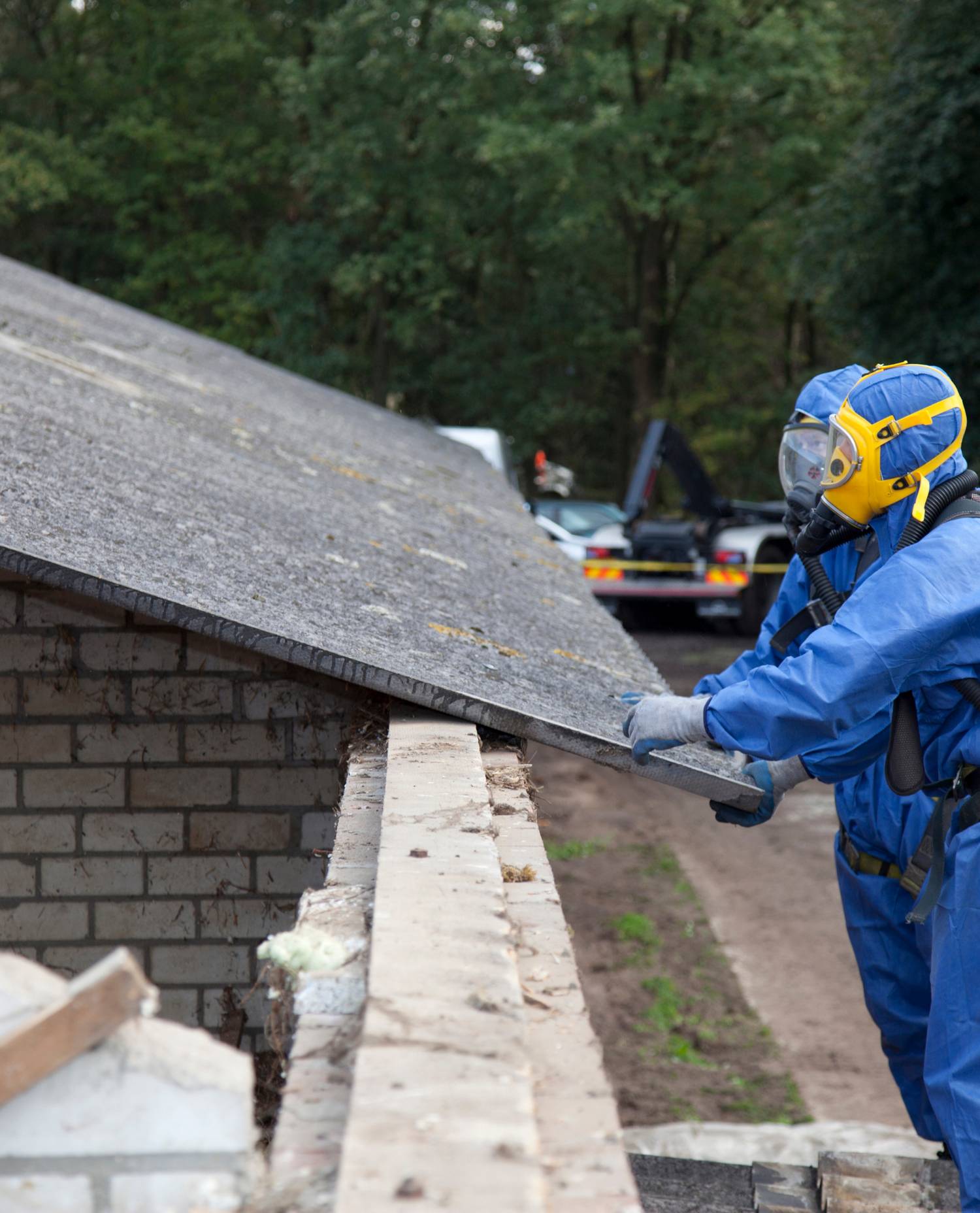
Professionals in Asbestos, Masters in Safety: Your Trusted Guardians Against Hazardous Fibers.
With our expertise and dedication to safety, we provide tailored solutions to protect your environment and health. From initial assessment to final clearance, trust us to handle every step of the process with professionalism and care.

Interior Asbestos Abatement and Refinishing Services
All Texture Removals, Ceiling Repaints & Interior Painting

Comprehensive Asbestos Abatement Services
Asbestos Removal for Cement Cladding Walls, Fences, Farmhouses, Barns, and Shearing Sheds



